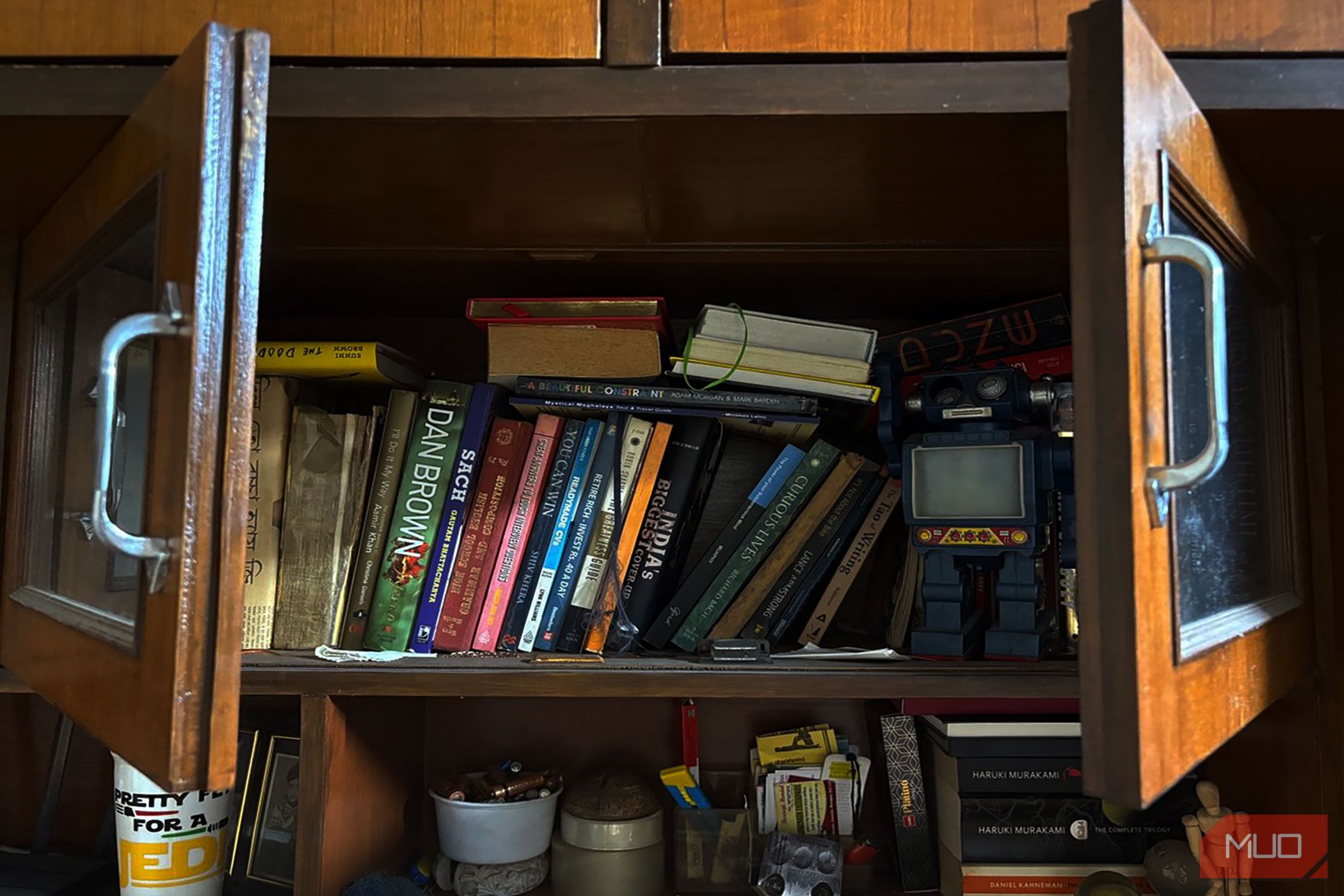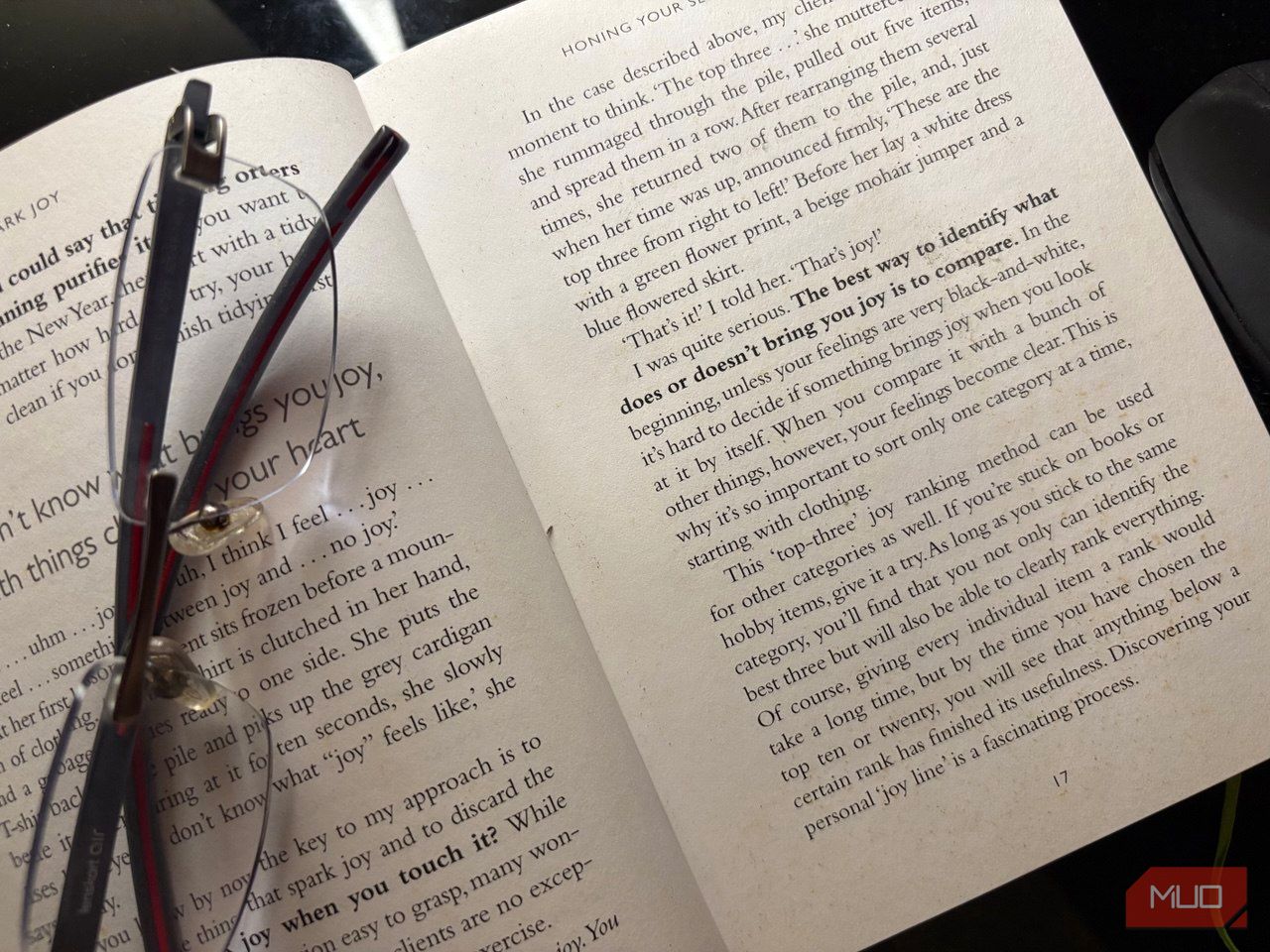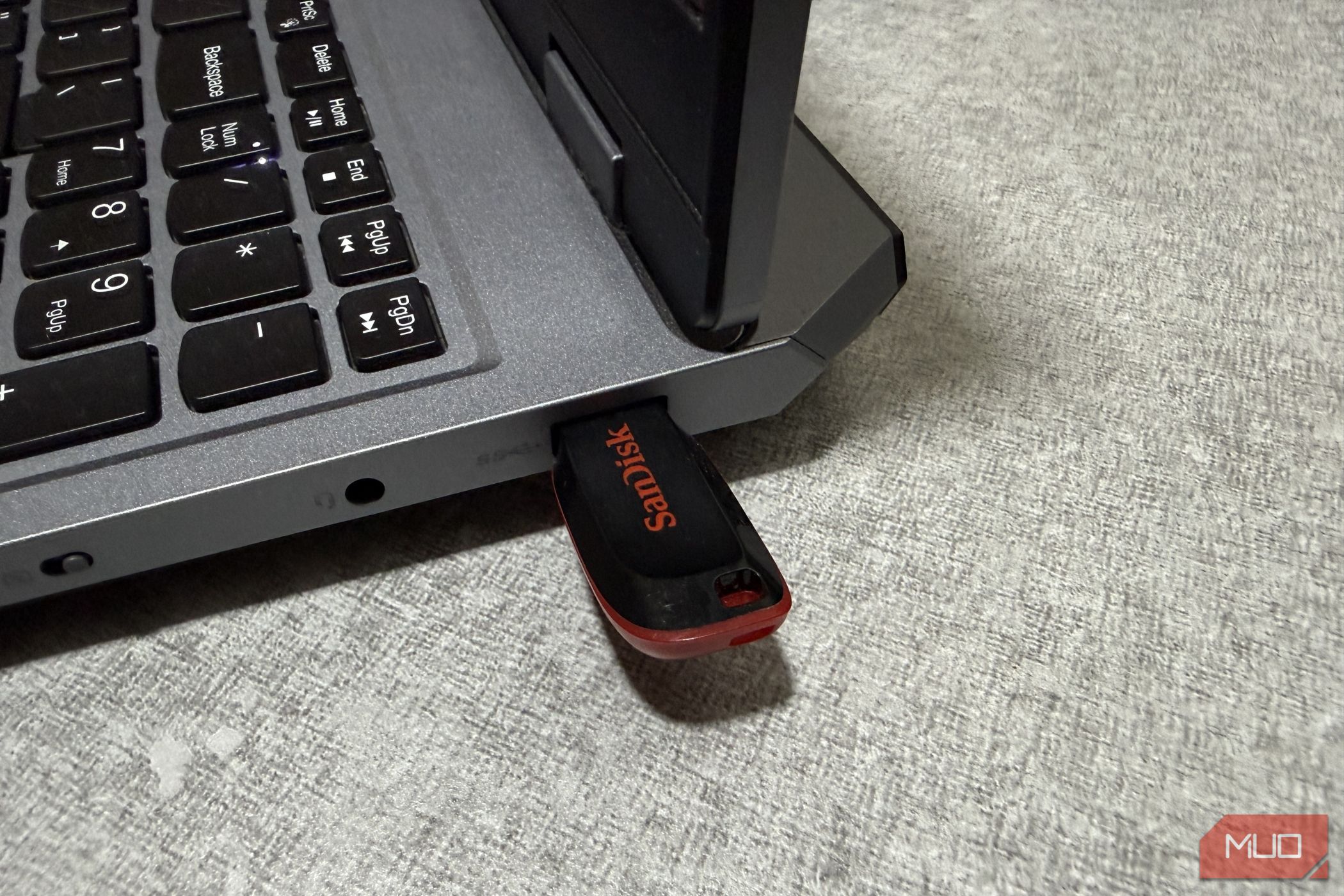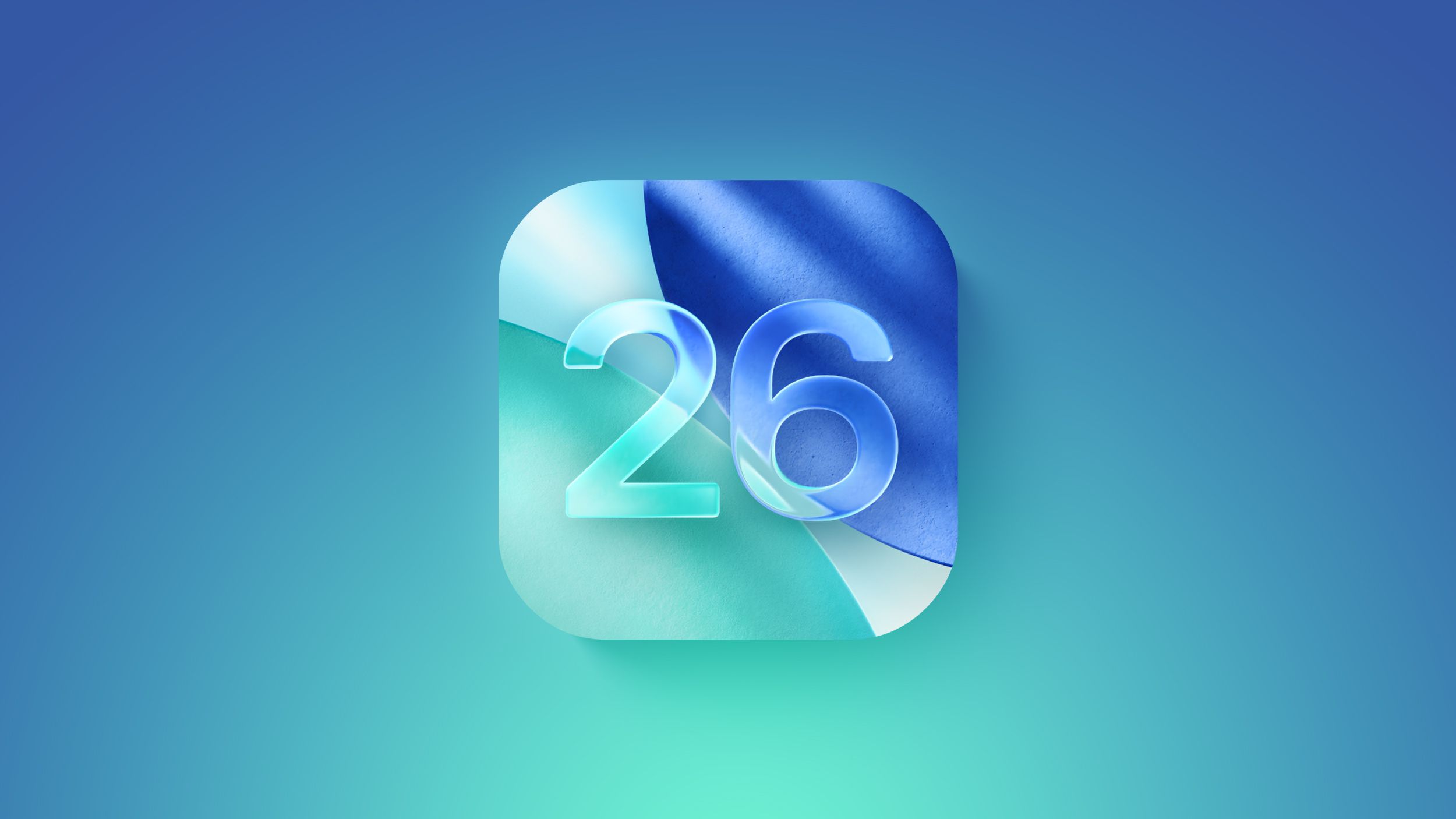Decluttering often eats into our weekends. But if you set the right intention and use a proven method, you can transform a messy room in a single afternoon. Like everyone else, I love a tidy environment, so over the years I’ve tried to stick to a simple routine.
1
Start With a Clear Goal
Before I touch a single item, I ask myself: What do I want from this space? Maybe I need a calm reading nook, a distraction-free desk, or a closet where I can grab a T-shirt without digging. Any major reorganization of a room determines what stays, what goes, and how much of the afternoon I have left to spend.
I jot the goal and a short checklist in Notes on my iPhone (a sheet of paper works too). I then split the project into manageable chunks that can fit into a block of time, like the 25 minutes of a Pomodoro on the built-in clock app of my phone. That plan reduces decision fatigue when you’re in the thick of it.
Set a timer so the session doesn’t sprawl. I use the Pomodoro technique of 25-minute work blocks with 10-minute breaks and a two-hour cap for the whole room. Also, setting up a music playlist helps to perk up my energy for an otherwise boring chore. Take a quick “before” photo as well; the comparison with an after-shot later is a powerful motivator if you stall.
2
Sort With the KonMari Mindset
Now face the clutter, but don’t just shuffle it around. Marie Kondo’s KonMari Method changed how I sort: I pull everything out of hiding. Take every book off the shelf, remove every shirt from the drawer, and unplug every gadget from the sockets. Seeing the full picture makes better choices easier.
I create three piles: Keep, Donate/Sell, and Toss. Then, I play back Marie Kondo’s question and also add a practical check as the second question:
Is this vital for the room’s purpose?
If you hesitate, it probably goes. When I’m truly unsure, I add it to a Maybe list on my phone for the “doubtfuls” and set a 30-day reminder on my phone. If I don’t miss it by then, it leaves in the next cleaning run.
For me, organizing papers is the toughest part of the task. They rarely spark joy. I keep essential papers in one small file, and designate a single spot for the “Maybe” papers. Everything else gets recycled or scanned, because papers rarely spark joy.
A few quick tech helpers speed things up:
- Google Lens to identify mystery cables or parts so you can keep or recycle with confidence. Many other apps can identify anything with your phone’s camera.
- Microsoft Lens (or your favorite scanner app) to eliminate paper clutter like gadget manuals and receipts, so you can recycle the originals.
- Sortly (or any inventory app) to log items you plan to sell or donate. Again, a digital or paper notepad can work just as well.
I try to work briskly and trust my gut. The goal is momentum, not perfection. When the decluttering routine repeats every month, each step gets easier and quicker.
3
Find a Place for Everything
With the Keep pile set, I first wipe shelves, drawers, and surfaces. Clean surfaces and storage spaces signal a fresh start.
Next, I begin to put items back intentionally:
- One home per category. Books on one shelf, cables in one bin, stationery in one drawer. Mixing categories invites disorder later.
- Frequency first. Daily items stay at eye level or in the top drawer, while seasonal clothes and gear go higher or deeper.
- Simple containers. Clear bins, drawer dividers, or even shoeboxes corral small items. Label with masking tape or a labeler so everyone knows what belongs where.
- Sentimental items. These are mostly photos and mementos. I keep a small selection that genuinely moves me.
As technology takes up a large part of our lives, I place and arrange the tech gadgets with a few practical tricks:
- Create a dedicated space or two, depending on the size of your gadgets.
- Bundle cords with Velcro ties and label them (bread tags or even Scotch Tape work in a pinch).
- If space is tight, go vertical. For instance, add a shelf, hooks, or an over-the-door organizer to free a cabinet.
- Position them by urgency and ease of access.
4
Finish Strong With a Spruce-up
Decluttering isn’t done until the room feels fresh and usable. Bag the trash, put donations straight in your car or by the front door, and schedule the drop-off or pickup immediately.
Give the room a quick once-over: dust, vacuum, and crack a window for fresh air. You can also add tiny finishing touches like a vase of flowers, a plant, or changing the curtains to mark the refresh and make the space feel different.
For maintenance, I schedule two tiny habits:
- A ten-minute weekly reset on my calendar to clear surfaces and reorganize stray items.
- A monthly reminder to empty the “Maybe” list and donate the box I didn’t send out.
Decluttering any room in one afternoon is realistic when you combine a clear intention, KonMari’s sort-by-joy mindset, and a few smart tools. Now, you just have to repeat this whenever clutter creeps back.










